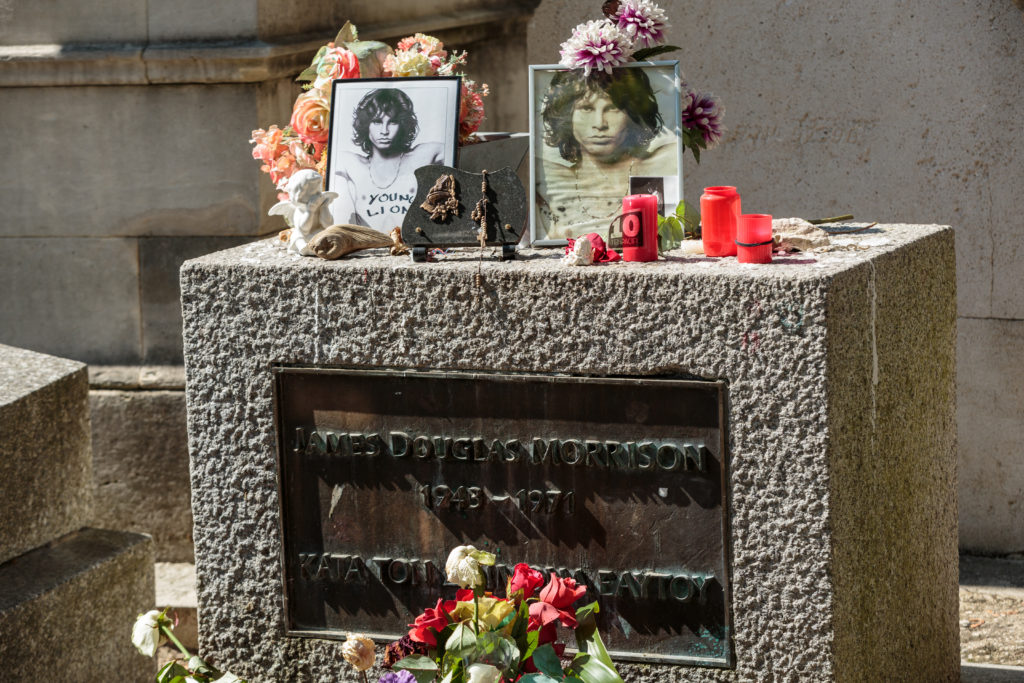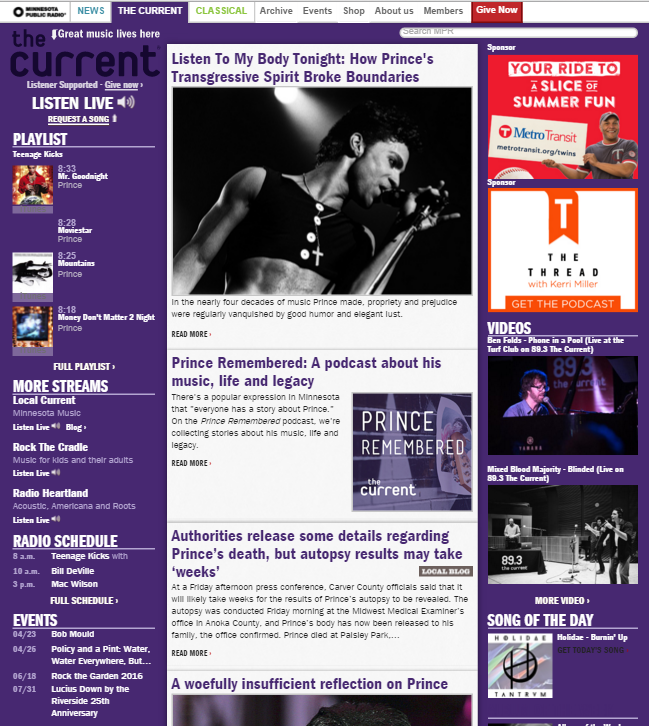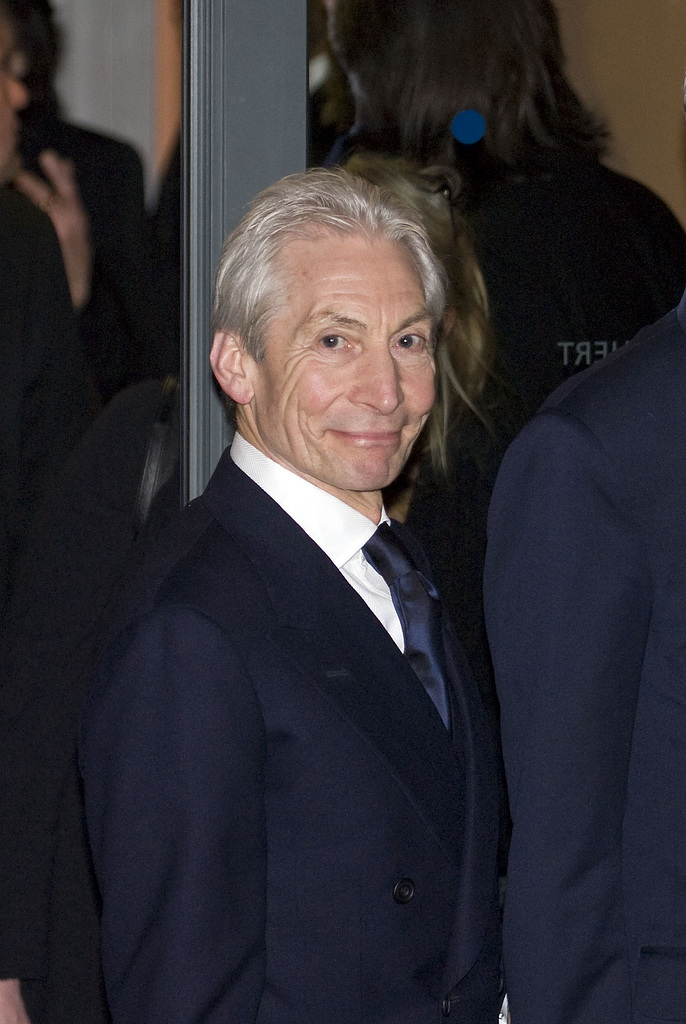
Welcome to another Throwback Thursday, my chance to dip back into our vast blog archives to pull out a post from the past that resonates today.
The passing of Ozzy Osbourne last month had a major impact on millions of rock fans across the globe. And for radio, these red letter days are not only opportunities to shine and garner more listening, but also a touchpoint in time when radio can make lasting memories. Of course, they require preparation, a sense of timing, and having talent with the skills to step up and make great radio.
Oddly enough, Ozzy’s family announced his death on a Tuesday in the middle of the day, the perfect chance for virtually every radio station to step up as many did. Today’s #TBT post suggests that these events are inevitable, if not predictable. And given the import of these days for broadcast radio, there’s a lot to be said for prep.
Last week, several of you sent me a fun opinion piece in the Wall Street Journal, “Classic Rock of the 70s and Older,” by Kyle Smith. In his thoroughly entertaining piece, Smith suggests some of these old rockers like Mick Jagger, Paul McCartney, and Bruce Springsteen are in such extraordinary shape, they are defying the laws of aging. I believe I have gifted it to you in this link, so enjoy.
One unrelated footnote. I was blown away by your response to my health news. You reached out via text, social, and in the “comments” section of this blog. I was able to respond and thank many of you but not all of you. I’m on the road at the moment but promise to get back with you over the weekend. Thank you for your kind words and your patience. I was truly touched and feel much gratitude. – FJ
August 2021
Program Directors are taught to anticipate anything. There are so many things that can happen when you’re running a 24/7/365 operation – like a radio station. If you do it long enough, you will probably experience most of them: weather emergencies, major crimes, community unrest, and maybe even a global pandemic.
For the most part, these events are what we call the “uncontrollables.” You might be able to manage them, but you can’t change them or know exactly when they’ll occur.
But then there are the inevitabilities – you may not know when they will happen, but you can be sure they sadly will happen. And when they do, your audience will be rocked to its core.
I’m talking rock star deaths.
Yes, the loss of a musical icon is a fact of life. But in the music business, we know disaster can strike young performers as it sadly has over the decades. Hence, “The 27 Club,” an organization no one wants to be a part of. Members in good standing are music stars who lost their lives at the ripe young age of just 27 years-old. We’re talking Kurt Cobain, Janis Joplin, Jimi Hendrix, Jim Morrison, Amy Winehouse, and eerily, many others.
But then, there are the others who have entered the pearly gates unexpectedly in recent years…and months: David Bowie, Glenn Frey, Prince, Neil Peart, Aretha Franklin, Tom Petty, Clarence Clemons, and so many others.
Last week, it was Charlie Watts, the Rolling Stones’ dapper drummer. Unlike so many of these events that have suddenly occurred during “inconvenient” hours – over weekends, at night, etc. – the announcement that Watts had succumbed at age 80 came during the noon hour ET this past Tuesday. Perfect, right?
But as usual, I saw the outrage on Twitter and Facebook, aimed at Classic Rock stations that made no announcement about Watts’ death, nor played any Stones songs. Stations that heavily voicetrack and/or use midday talent from out of the market, were especially likely to have missed the moment.
Our staff immediately started checking our client stations – to ensure they were aware of the news, and to confirm they responded with the appropriate response (wall-t0-wall Stones songs, tributes to Watts from other/local rockers, listener phones, etc.). I was pleased with how most of them reacted to the news.
The ironic part about Watts’ passing and the timing of this post is that I originally planned on publishing it on what turned out to be the morning of his death, obviously oblivious to what was to happen. Instead, the debacle surrounding the Jeopardy hosting situation was trending, so I opted instead to go for (what appeared to be) the more timelier story. I reasoned another “what-to-do-when-a-rock-star-dies post” could wait a day.
I had received a Nieman Lab story over the weekend – “How The New York Times assesses, tests, and prepares for the (un)expected news event” – the basis for today’s post. Written by a trio of NYT journalists, it is technical in nature, mostly discussing the newspaper’s ability to handle web traffic during stressful times – elections, the Olympics – as well as these unplanned events that just happen.

Jim Morrison’s grave, Pere-LaChaise, Paris
Major news departments – especially in broadcast and cable TV, as well as newspapers – have “morgues” – bureaus and resources of famous people who are alive – at least for now. As we know, so many music stars have passed away unexpectedly. Radio stations need the same ability to be resilient the next time those push notifications start pinging our smartphones, tablets, smart watches, and email in-boxes.
More and more broadcast companies are employing web writers, most of whom are penning articles, features, and yes, “click bait” for station and company websites. Having to create a station (or company) morgue for aging rock stars is just smart preparation for the inevitable.
And it would provide programmers and webmasters with the materials they need to begin tribute programming without having to scramble. Better yet, canned interviews, sound bites, song and album archives, as well as the type of features I talked about last week – “The 10 Things You Didn’t Know About Charlie Watts” – should be part of the resources.
Being “in the moment” when these life-shaking, expected/unexpected events take place reflects positively on a station, whether you play rock, country, pop, hip-hop, or alternative. Listeners count on radio to deliver during these times.
As we have learned during the PPM era, a smart, well-programmed tribute can translate to a positive ratings day – or even more. Programmers will tell you that a brand can enjoy a real moment based on its coverage of a deceased star – especially when they have local significance.
or even more. Programmers will tell you that a brand can enjoy a real moment based on its coverage of a deceased star – especially when they have local significance.
That was the case five years ago when The Current in Minneapolis pulled out all the stops when their city’s beloved icon, Prince, suddenly passed away.
As importantly, Pandora, Spotify, YouTube, podcasts, and most satellite radio channels are simply not geared for “breaking news.” They aren’t live. They aren’t agile. And that’s not what consumers “hire” them to do, to get all Clayton Christensen on you.
Radio’s mission is not just to execute formats by playing the hits, keeping talk to a minimum, and running two long stopsets every hour. When something important, relevant, and newsworthy happens that impacts the audience – the tribe – it is a station’s responsibility to lean into these events.
I know of a number of stations that made the announcement after Watts’ death, played a Stones twofer, and went right back to “regularly scheduled programming.”
Radio has to do better, whether a station is in Cleveland, Chattanooga, or Cheyenne. On those big days, many consumers look to radio to reflect their feelings. As we’ve learned the hard way over the years, from the deaths of Elvis, Lennon, Petty, Bowie, and a growing list of others, these are emotionally powerful days.
And we can predict the future. It is going to happen again and again.
We should most definitely be prepared next time to expect the unexpected.
Originally published by Jacobs Media









